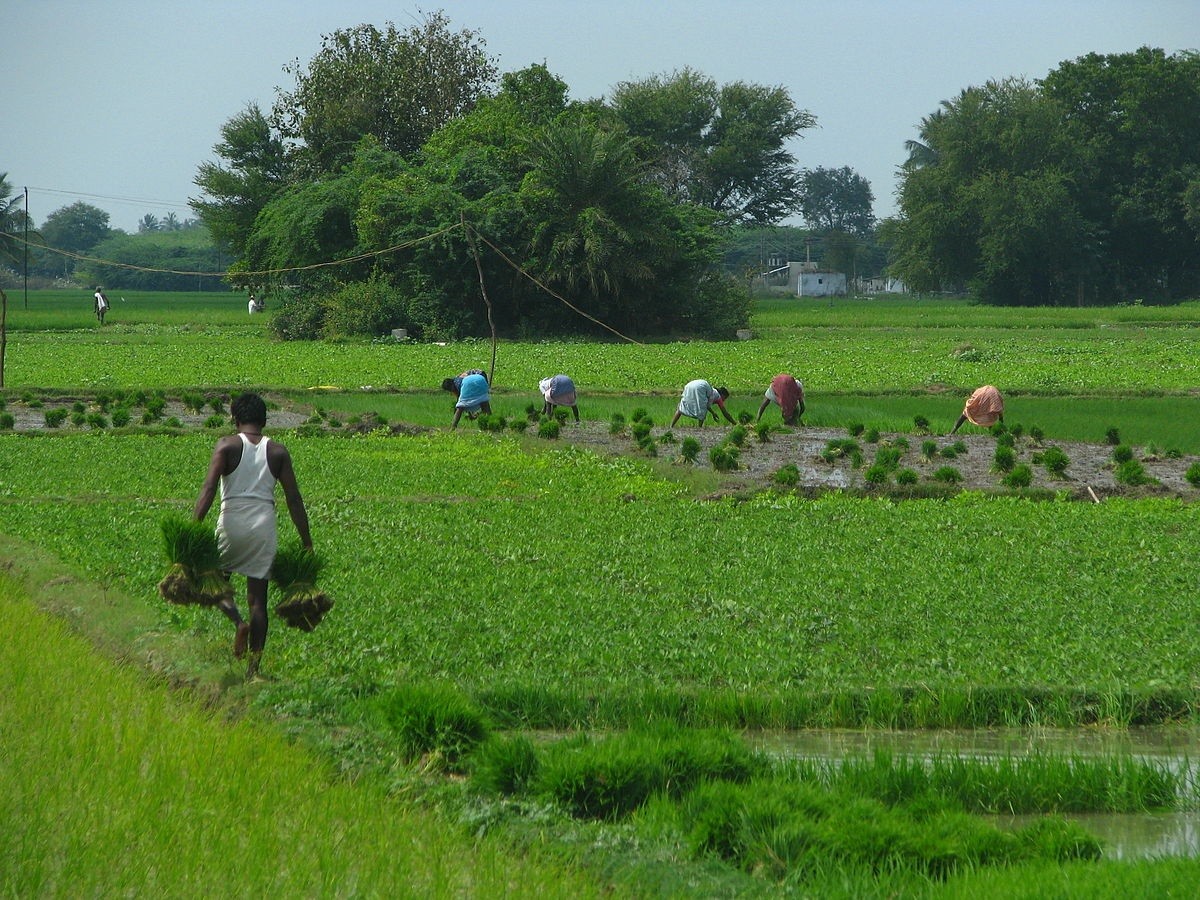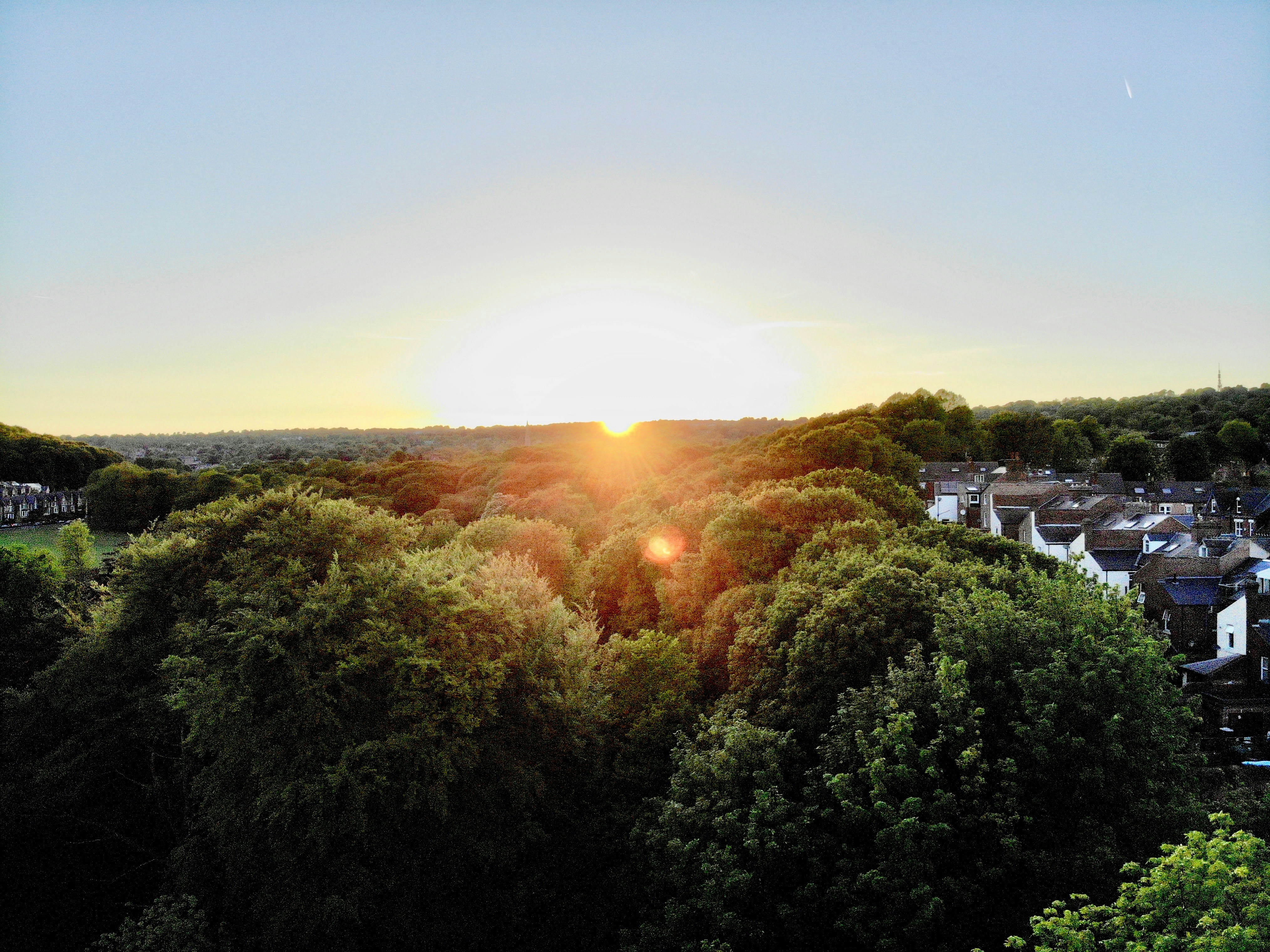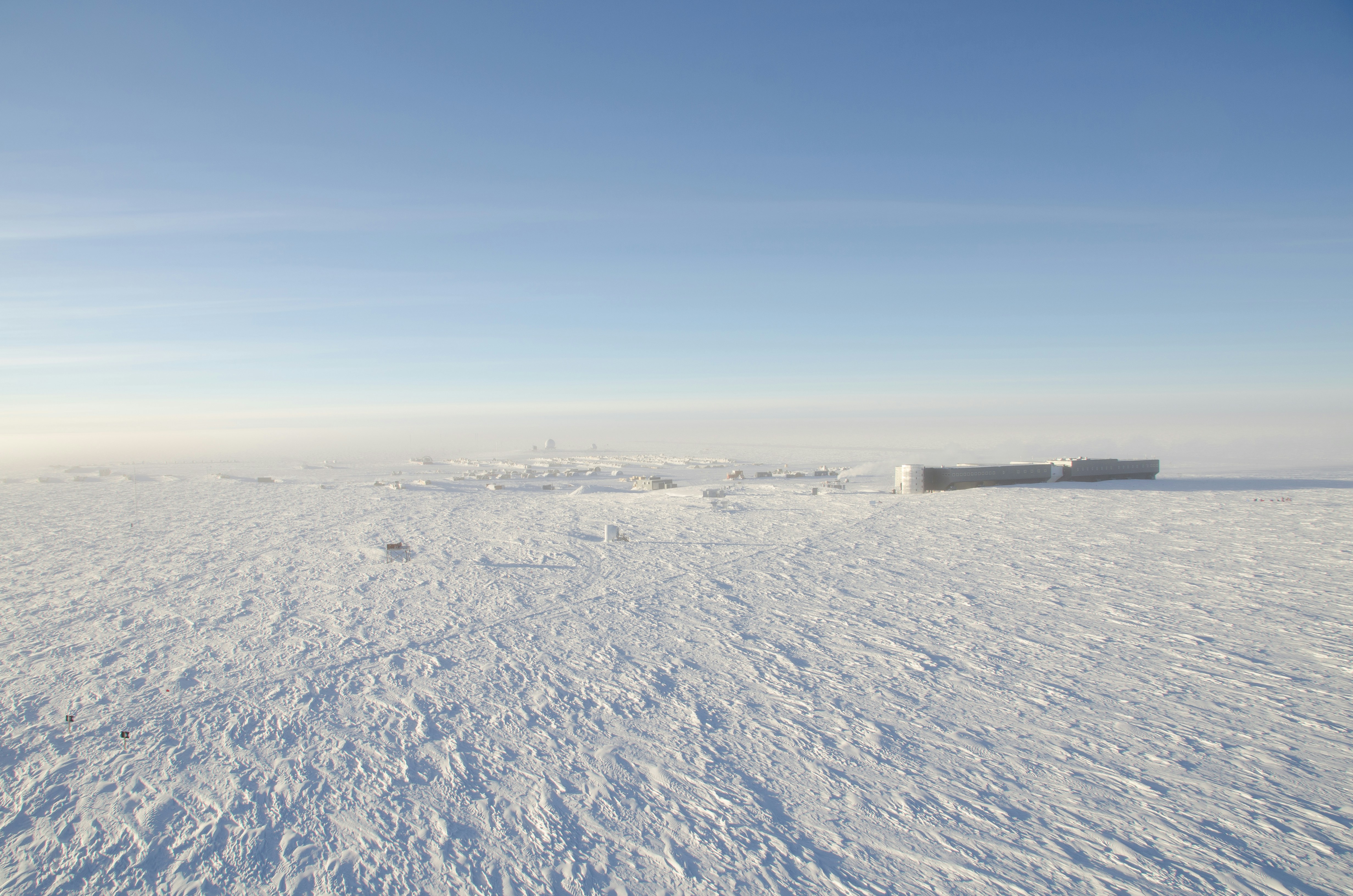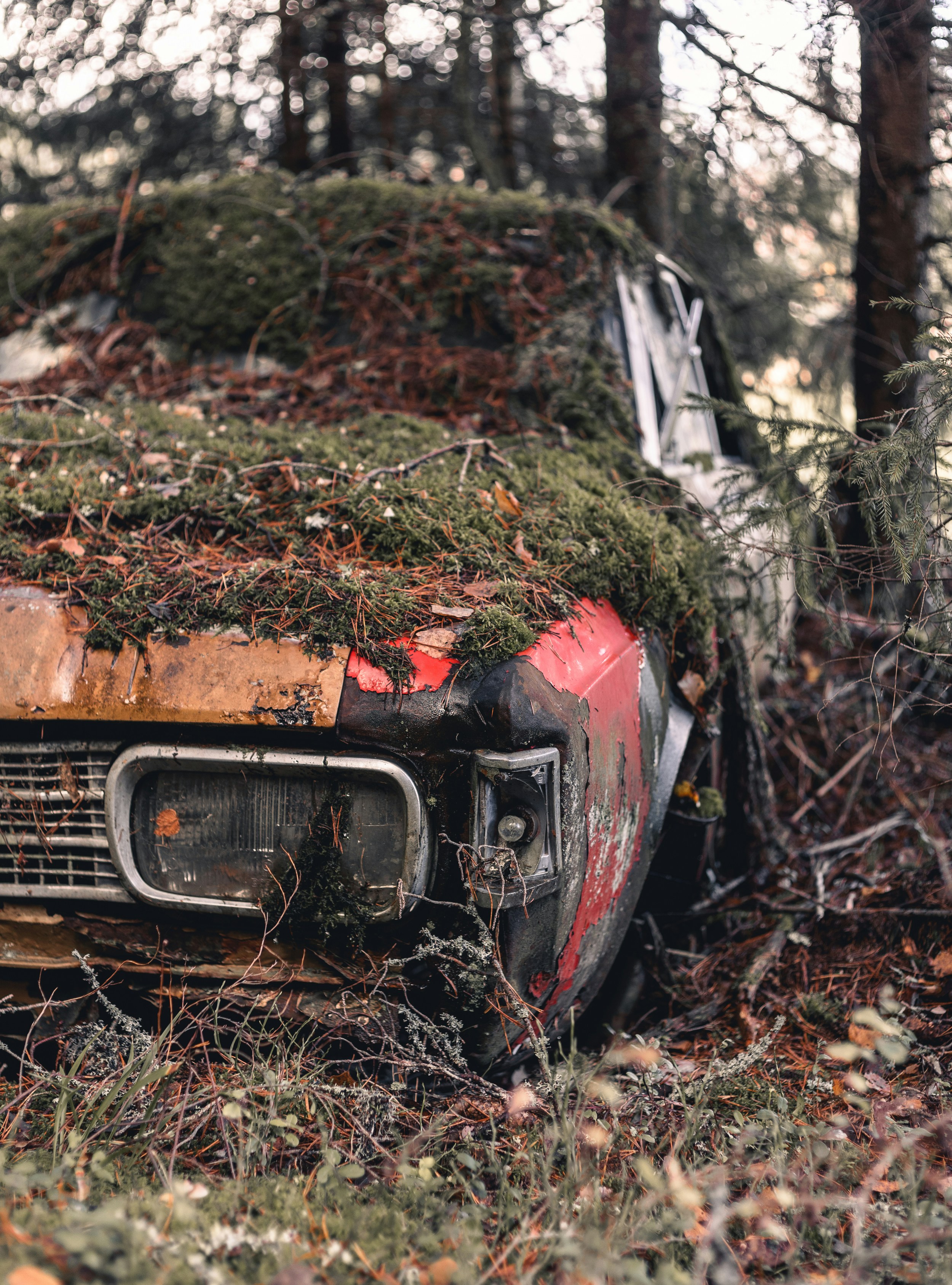
Context
Being a Fellow at Terra.do I was tasked to create a vision, vision for the year 2040. For this activity, I imagined it's the year 2040 and we've successfully overcome the challenges of climate change.
I went all out, instead of thinking what all is practically possible I let my imagination run wild and imagined what would be the ideal world state, how I’d like our communities, cities, nations and world to look like.
I don't know how to act on the vision all the way, but we all can figure together on our way to solving the crises.
Let me take you on this journey of my vision of 2040
I live in a small secluded village, which is remote and yet connected to the wider world. My house is in total harmony with the environment, constructed from materials designed to store heat in winters and retain warmth in summers. The house is surrounded by lush green plants, huge trees. A little garden provides for most of house food needs. Our household operates in symbiosis with the land, cultivating a deep connection to the earth and its bountiful offerings. Step Inside and you will find a flourishing library open to all. Adjacent to the house lies my pottery studio where I pursue my ceramic work.
In the village, I'm part of a vibrant community that thrives on artistic expression. I’m a ceramic artist, farmer, gardener, potter, designer. Like me the community houses artists, who have paved their path. The traditional notion of a single vocation is replaced by a variety of creative endeavors—where one may be a farmer, gardener, potter, designer, and more, all woven together. Residents cultivate their unique talents and passions. Artists, gardeners, potters, farmers, writers, singers, musicians, and craftsmen coexist harmoniously, each contributing to the community in their own ways.
Souce of Image: Google
Community Farms and Regenerative Agriculture in the new norm
In our society, the ethos of self-sufficiency is deeply ingrained, with a vast majority of individuals opting to cultivate their own food. While some, like myself, maintain expansive farms, most households tend to their own gardens, ensuring a steady supply of fresh fruits and vegetables year-round. Even in urban areas, community farms have sprouted, providing city-dwellers with the opportunity to grow their sustenance. This shift towards local food production has significantly lowered the cost of living, making nutritious far more accessible to all.
Central to this agricultural revolution is the widespread adoption of regenerative farming practices. By prioritizing soil health and biodiversity, we've mitigated issues such as soil erosion and groundwater pollution, while also stabilizing rainfall patterns for more consistent and bountiful harvests. The benefits extend far beyond the dinner table—our communities are healthier, fitter, and virtually free of many ailments that once plagued us.
In our daily transactions, we prefer a more holistic approach. While traditional money still holds its place for certain transactions like taxes and public services, our society has evolved to prioritize barter and exchange of goods and services. The system fosters a sense of interconnectedness, with individuals trading commodities like grains and sugar cane for various services within local villages. Money, once the only medium of exchange, has gradually become obsolete for many of our basic needs, replaced by a more equitable system based on mutual support, love, and cooperation.
Photo by Michael Förtsch on Unsplash
In 2040, sustainable living is the norm, with transportation and energy systems reflecting our commitment to a greener future. The vast majority of people prefer cycling or using public transport for their daily commutes, reducing our carbon footprint and promoting healthier lifestyles. Remarkably, we've achieved the milestone of 100% renewable energy, completely eliminating fossil fuels from our energy mix.
Access to healthcare is a fundamental right, with small community hospitals catering to local needs. Clusters of villages are served by larger medical facilities, ensuring comprehensive care for all residents. Surprisingly, people prefer living in villages than cities, with people drawn to the tranquility and sustainability of village communities.
Our collective consciousness has shifted away from consumerism, with an appreciation for simplicity and minimalism. The era of fast fashion is a distant memory, it has been replaced by a culture of mindful consumption and longevity. Plastic, once common in our daily lives, has been nearly eradicated, replaced by eco-friendly alternatives made from renewable materials like sugarcane, bamboo, and wood.
As I share stories of our past practices with younger generations, they show disbelief at the unsustainable habits of previous eras. Concepts like fast fashion, GDP as a sole measure of growth, cramped city living, and reliance on non-renewable energy sources seem counterintuitive in our new society. We continue to strive towards a more sustainable and equitable world, leaving behind a legacy of progress for future generations.
Photo by Benjamin Elliott on Unsplash
Cities in 2040 have undergone a profound transformation from their 2020 counterparts. Urban landscapes now consist of lush urban jungles, inviting residents to take strolls amidst greenery and fresh air. The concept of traditional work hours has been changed, with the majority of individuals enjoying flexible schedules that allow them to work whenever and from wherever they choose. Gone are the days of relentless workweeks; now, people typically work between 22 to 25 hours a week, a stark contrast to the grueling 40 to 70-hour workweeks of the past.
Diverse professions ranging from designers, engineers, and scientists, to journalists, writers, lawyers, and artists exist but all of them are in harmony with an equitable society, where each job is an environment job contributing to the betterment of the society and aligning with our collective commitment to sustainability.
People have shared spaces such as gardens and farms, libraries, and spaces where people gather, discuss, create art, study, meditate and foster connections.
The emphasis on sustainability extends to transportation as well, with most areas prioritizing pedestrian and cyclist-friendly infrastructure over car-centric design. Public transport networks are extensive, affordable, and easily accessible, providing convenient mobility options for all. Furthermore, renewable energy sources such as solar, wind, and water power buildings, ensuring a clean and sustainable future for generations to come.
Photo by Alaric Sim on Unsplash
As society evolves, so do our schools, reflecting a shift towards holistic education and sustainability. In most parts of the world, education is now freely accessible, ensuring that every child has the opportunity to learn and grow.
Schools are in a symbiotic relationship with nature, serving as hubs of environmental education. In addition to Mathematics, languages, and sciences, children are studying climate science, learning firsthand about the importance of living in harmony with the natural world. Classe extend beyond the traditional classrooms, with outdoor education becoming common. Classes are held under trees, beside clean water bodies, or amidst flourishing farms.
Kids are not judged based solely on academics but on the diverse spectrum of skills and attributes such as their critical thinking, creativity, emotional intelligence, awareness of social and environmental issues, ethics, academics, and social behavior. Kids of different ages study together. The whole grading system has changed from what it was 2 decades ago.
By nurturing the whole child—mind, body, and spirit—we empower future generations to become compassionate, innovative, and environmentally conscious towards our planet.
What about Global Warming, Foodwaste and Environment
The global temperature rise has been effectively mitigated, with efforts bringing us back from a peak of 1.8 degrees Celsius above pre-industrial levels to a more manageable 1.3 degrees Celsius. Thanks to well-coordinated action and advancements in climate science, the trajectory of temperature increase began to flatten in the mid-2030s, and now we are witnessing a downward trend. Scientists project that we will return to pre-industrial levels within the next two decades, marking a significant milestone in our fight against climate change.
We have also made substantial strides in addressing food waste. Much of our food waste is repurposed to enrich local lands, fostering regenerative practices. The non-biodegradable waste is normally recycled and reused, minimizing our ecological footprint.
Our approach to food production has also transformed, with a shift towards locally sourced, seasonal food. People have accepted the concept of "eating close to home," supporting local farmers and reducing carbon emissions associated with long-distance food transportation.
Organizations face financial penalties for exceeding allowable waste thresholds, while a substantial carbon tax incentivizes emissions reduction. This heightened awareness has prompted individuals and businesses alike to embrace simpler, more sustainable lifestyles.
Innovation remains a driving force in our society, but now it is intrinsically linked with environmental harmony. System thinking taught extensively in schools and universities, informs decision-making processes across various disciplines, guiding us to consider the full lifecycle impacts of our actions.
While large organizations still exist, their influence over narratives and policies has diminished. A greater emphasis on decentralization has seen a resurgence of small, local businesses, empowering communities and fostering a more equitable distribution of resources and opportunities. Collectively, these changes reflect a fundamental shift towards a more sustainable, resilient, and inclusive future for all.
Photo by Jamo Images on Unsplash
Measure of Growth
The measure of growth has evolved to look beyond just GDP. Just as a balanced diet requires a variety of key elements, the health of nations is now evaluated across multiple facets.
Growth is assessed based on criteria such as happiness, overall quality of life, and the mental, emotional, and physical well-being of individuals. Factors such as access to clean air and water, the quality of food, educational opportunities, and more are considered integral to the overall health of a country. This holistic approach provides a more comprehensive understanding of a nation's well-being.
Photo by Noah Buscher on Unsplash
My Role
I worked as a designer who focused on solving problems from the root using systems thinking. I worked and volunteered with many teams in different design roles. I also had the chance to mentor many designers who are now global leaders in sustainability design. I was able to empower many people to shift to climate-positive jobs.
In recent times I have worked with the government, local communities, and farmers. Helped them design local climate policies, worked in climate justice rights, and helped indigenous communities claim the rights to their traditional lands.
Photo by Jeremy Bishop on Unsplash
Final Notes
What's truly remarkable is the systematic progress we've achieved worldwide through global collaboration. This isn't confined to specific regions or nations; rather, it's a concerted effort on a global scale. In areas where more work is needed, governments are actively coordinating, cooperating, and empowering individuals through upskilling initiatives. Increasing awareness about the advantages of embracing simpler living, reducing consumption, expanding green spaces, transforming urban environments, decarbonizing industries, and adopting circular economy practices is at the forefront of this movement.
We've come a long way in the past two decades, achieving significant progress amidst ongoing challenges. The emergence of nature-based solutions has brought us together under a common goal of regeneration, while a return to communal living has countered the loneliness epidemic. With each new generation, from the birth of children to the aging of adults, we all embrace a shared value: leaving our planet in a better state than we inherited.
Ah, so you’ve made it here.
If you liked what you saw;
hire me now
I’m always looking for fresh projects to collaborate on.
Write to me at vishadtomar027@gmail.com








